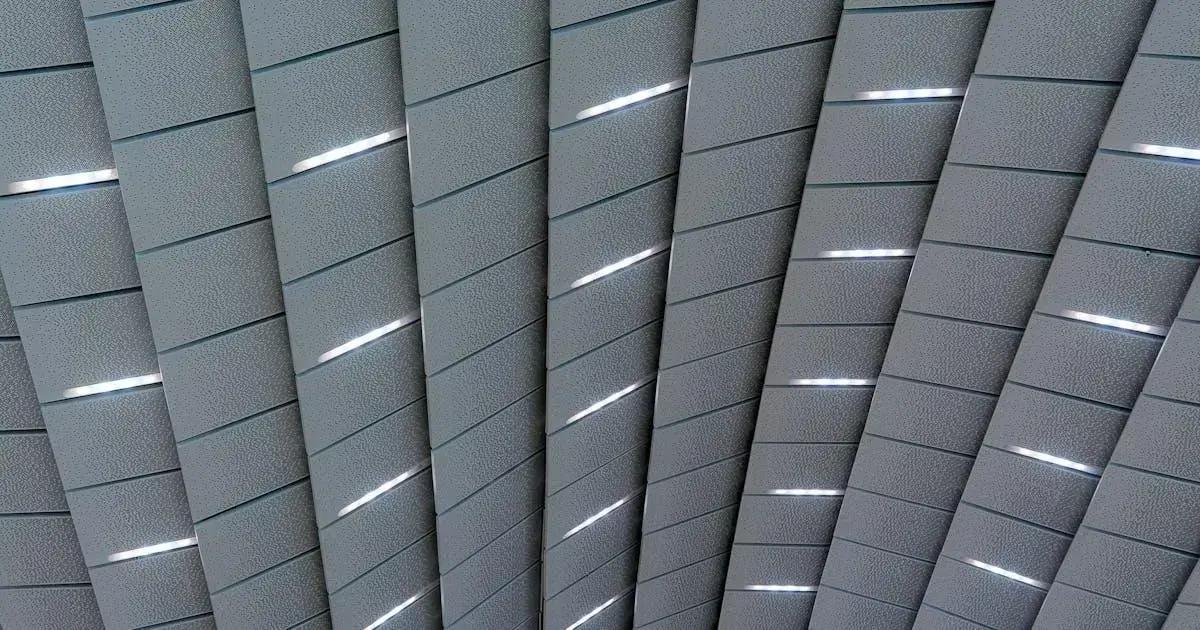

Leak Prevention Tips
When it comes to protecting your home from water damage, prevention is key. By implementing a few simple maintenance tasks, you can avoid costly leaks and repairs down the line. In this article, we will discuss some essential tips to help you keep your roof in top condition and prevent leaks from occurring.
Regular roof inspections are crucial to maintaining the integrity and longevity of your roof. By inspecting your roof on a consistent basis, you can catch any issues early on and prevent them from turning into costly repairs down the line.
During a roof inspection, a professional roofer will assess the condition of your roof, looking for signs of damage such as missing or damaged shingles, cracks, or leaks. They will also check the overall structure of the roof to ensure it is sound and free of any potential hazards.
It is recommended to schedule a roof inspection at least once a year, preferably in the spring or fall when the weather is more moderate. However, if you live in an area prone to severe weather conditions, such as heavy storms or high winds, more frequent inspections may be necessary.
By staying proactive with regular roof inspections, you can prolong the life of your roof and avoid unexpected issues that can disrupt your home and budget.

Proper gutter maintenance is essential for the overall health and longevity of your roof. Gutters play a crucial role in directing water away from your home, preventing water damage to the roof, walls, and foundation.
Regularly cleaning your gutters is key to ensuring they function correctly. Leaves, debris, and other obstructions can clog the gutters, leading to water overflow and potential water damage. It’s recommended to clean your gutters at least twice a year, in the spring and fall, to remove any build-up.
Inspecting your gutters for any signs of damage is also important. Look for cracks, rust spots, or sagging areas that could indicate the need for repairs or replacement. Addressing these issues promptly can prevent more extensive damage to your roof and home.
Ensuring that your gutters are properly secured to your home is another crucial aspect of maintenance. Loose or improperly installed gutters can cause water to overflow or leak, leading to water damage. Make sure that your gutters are securely attached and have no loose or missing fasteners.
Consider installing gutter guards to help prevent debris from entering and clogging your gutters. Gutter guards can save you time and effort on cleaning and maintenance tasks, while also prolonging the life of your gutters.
By properly maintaining your gutters, you can protect your roof and home from water damage, extend the lifespan of your roofing system, and ensure that your property remains safe and secure.
When it comes to maintaining your roof, checking the flashing and seals is crucial to prevent water leaks and other potential damage. Flashing is a thin material, usually made of metal, that is installed to prevent water from seeping into the roof joints and causing leaks. Over time, flashing can become loose or damaged, so it’s important to inspect it regularly and make any necessary repairs.
Seals, on the other hand, are used to create a watertight barrier around roof penetrations such as vents, chimneys, and skylights. If the seals are cracked or deteriorating, they can allow water to enter your home and cause significant damage. Inspecting and replacing damaged seals can help maintain the integrity of your roof and prevent leaks.
It’s recommended to schedule a professional roof inspection at least once a year to ensure that the flashing and seals are in good condition. A qualified roofer can identify any issues and address them before they escalate into more serious problems.

Overhanging branches can pose a threat to your roof if left unattended. It is essential to trim these branches regularly to prevent them from causing damage to your roof. Branches that hang over your roof can scrape against shingles, dislodging them and creating entry points for water.
By trimming overhanging branches, you not only protect your roof but also enhance the overall aesthetic appeal of your property. It is recommended to hire a professional tree service to safely trim branches that are close to your roof to avoid any accidents or further damage.
Regularly inspecting and trimming overhanging branches is a proactive measure that can help extend the lifespan of your roof and prevent costly repairs in the future.
Proper ventilation in the attic is crucial for maintaining a healthy roof and home environment. Without adequate ventilation, heat and moisture can build up in the attic, leading to a range of issues such as mold growth, wood rot, and increased energy costs.
There are several ways to ensure your attic stays well ventilated. Installing soffit and ridge vents can help create a continuous airflow that allows heat and moisture to escape. Additionally, adding an attic fan can further improve ventilation by actively removing hot air from the space.
Good attic ventilation not only extends the lifespan of your roof but also helps regulate indoor temperatures, making your home more comfortable and energy-efficient. Regularly check and maintain your attic ventilation system to ensure it is functioning properly throughout the year.

Investing in quality roofing materials is crucial for the longevity and durability of your roof. High-quality materials can withstand harsh weather conditions, resist damage, and require less maintenance over time.
When choosing roofing materials, consider factors such as the climate in your area, the architectural style of your home, and your budget. Options such as asphalt shingles, metal roofing, clay tiles, and slate can offer different benefits in terms of durability, aesthetics, and energy efficiency.
Quality roofing materials not only enhance the curb appeal of your home but also provide better protection against leaks, water damage, and mold growth. By investing in top-notch materials, you can ensure that your roof remains in excellent condition for years to come.